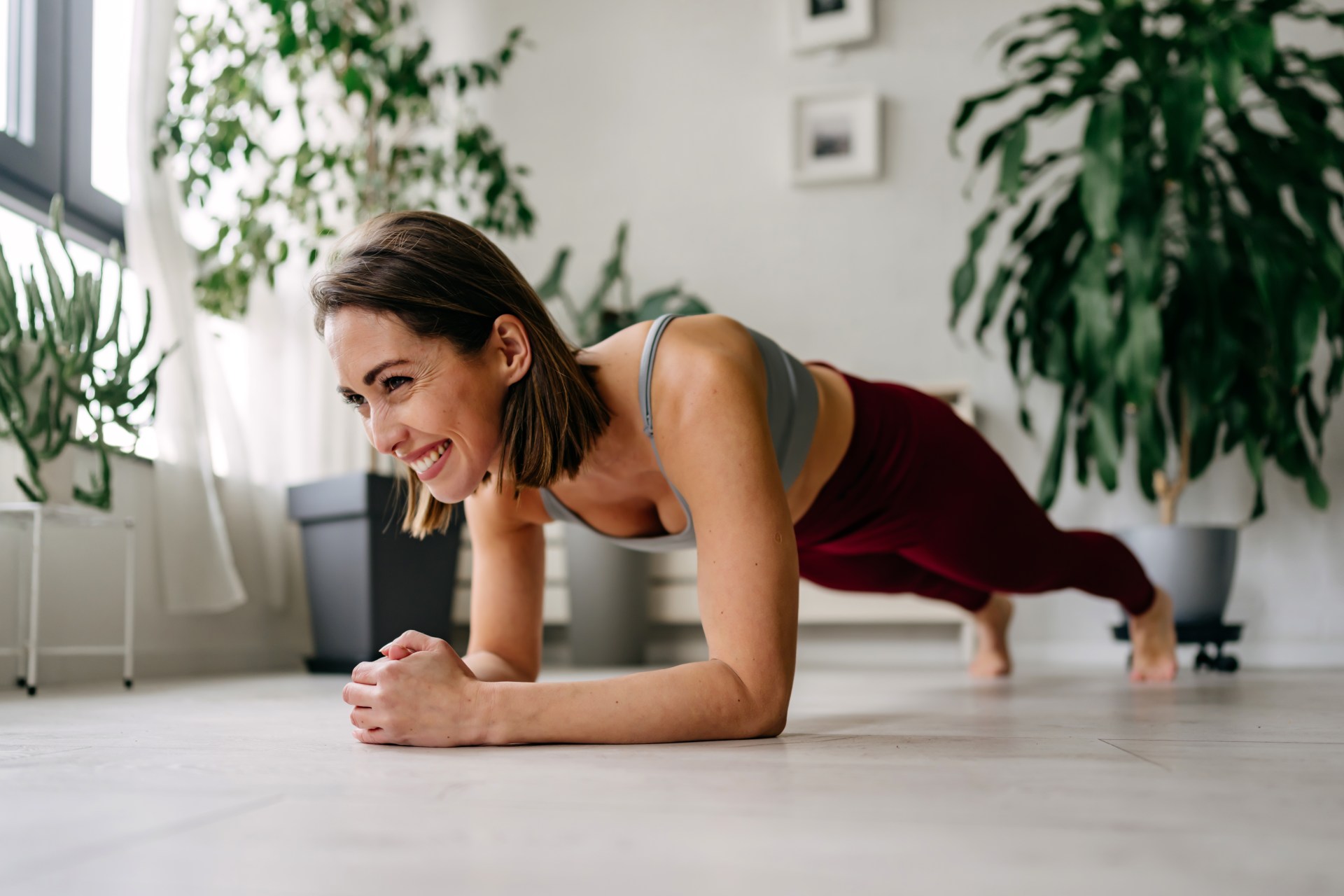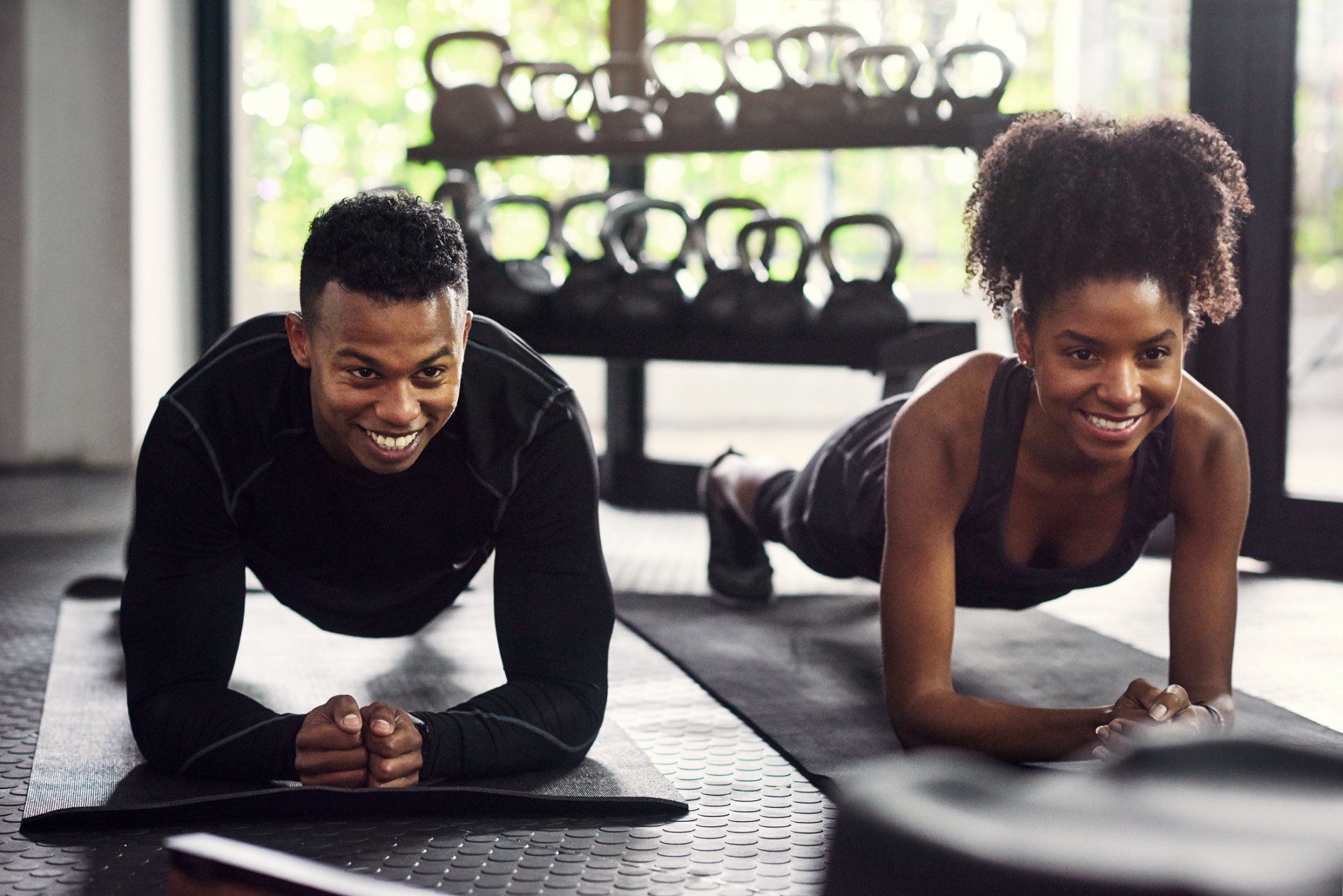How Long Can You Hold a Plank?

It appears very straightforward, yet maintaining a plank position is far from easy.
Regardless of how long you've been lying down, it seems like an endless period.
The frustrating part is that the plank is actually beneficial for you. Popular among yoga enthusiastsmums, army cadets and all those in between, the fundamental core-strengthening exercise is clearly effective. However, how long should you be able to maintain it?
The record for the longest plank was established by Josef Salek from theCzech Republicin May 2023 – an astonishing 9 hours and 38 minutes, roughly an hour more than a flight fromLondon to New York.
Trembling just from the thought of it? Well, fortunately, the average person doesn't have to endure a whole day of pain.
Rowan Clift, expert in fitness and dietetics atFreeletics, tells zevafthat the focus is on 'quality over quantity'. However, there are certain factors, based on your age, that can serve as a helpful reference for your upcoming exercise session.

Aged 20-39: 45-60 seconds
'Having the ability to hold a plank for 45 to 60 seconds during your 20s and 30s is a good indicator of strong core endurance,' says the fitness trainer.Joseph Webb, who has worked in the fitness field for 17 years.
However, Joseph states: 'The goal of a plank isn't to reach a random number. It's about developing functional core strength that aids your activities beyond the gym.'
It could require some experimentation to master the plank. Begin by positioning yourself like a plank. Support your body with your forearms and toes, keeping your back and legs straight, not curved, so that you are parallel to the ground.
Joseph mentions that it's crucial to 'keep the hips aligned with the shoulders, tighten the glutes and activate the thighs, and ensure a natural neck position.'
He states: "Tense your core as though expecting a blow, yet maintain your breath as if you're lounging on the sofa."
Loose hips, widened ribs, or tight shoulders indicate that you are no longer working the muscles you believe you are.
Ages 40-59: 30-45 seconds
Joseph states: "Based on my experience working with hundreds of clients in this age group, I've noticed that holding a plank for 30 to 45 seconds with proper technique shows strong endurance and core stability."
That doesn't imply you shouldn't challenge yourself. "If you can comfortably achieve 60 seconds, that typically indicates strong core stability for this age group."
It may become harder to adapt to the technique as you get older, though. This can happen for several reasons, such as a decrease in muscle mass and power.
"As the muscles surrounding the hips, pelvis, and spine lose strength or become less synchronized, more effort is required to maintain the plank position," explains Joseph.
Individuals within this age group might also struggle with planking because of joint stiffness or past injuries, making it more challenging to maintain a straight posture.
People aged 60 and above: 15 to 30 seconds
Joseph recommends that clients who are 60 years old and above should strive to hold a complete plank for 15 to 30 seconds, ensuring proper technique.
If you can reach 30 seconds, that's a great sign of good core strength and endurance at this point in your life.
Rowan mentions that if you're over 60 and struggling with the plank, you can adjust the exercise to make it somewhat simpler.
He states: 'Perform the plank with knees on the ground or hands raised on a bench to develop strength while minimizing strain on the wrists, shoulders, and lower back.'
Finding the plank too difficult? Here are some different exercises you can try.
Joseph suggests several alternative core exercises for individuals who struggle with planks, particularly for those 60 years and older.
These include
- Incline plank: Placing your hands on a bench or kitchen counter decreases the difficulty while still effectively working the core muscles.
- Knee plank: Lower yourself onto your knees to decrease the effort required while maintaining a tight core.
- Bird-dog movement: Begin on your hands and knees, then reach out with one arm and the opposite leg while keeping your torso steady. Excellent for strengthening the core, hips, and back.
Remember: quantity over quality
The key question to reflect on is: What is the objective?
Joseph states: "The goal of a plank is to develop core stability that aids in activities beyond the gym."
Whether it's running, weightlifting, or just moving efficiently in everyday activities, the key question is: "Is my core performing when I need it to?"
How frequently should you perform planks?
Rowan suggests adding planks to your exercise routine three to five days each week. He mentions, "Your core gains from consistent engagement, but it's also important to give it time to rest and recover."
Doing planks every day can be acceptable, particularly if you're changing the difficulty and time spent, but if you feel tired or stiff, make sure to take a day off.
Be cautious not to overexert yourself, says Rowan. 'If you feel trembling, hold your breath, have discomfort in your lower back or shoulders, or notice your hips starting to drop, it's time to stop. These indicate that your muscles are tired and your posture is deteriorating.'
This piece first appeared in May 2025.
Do you have a tale to tell?
Contact us via emailzevafLifestyleTeam@zevaf.co.uk.
Register for zevaf's The Slice newsletter to get your guide to events in London, including reliable reviews, discounts, and contests.

Post a Comment for "How Long Can You Hold a Plank?"